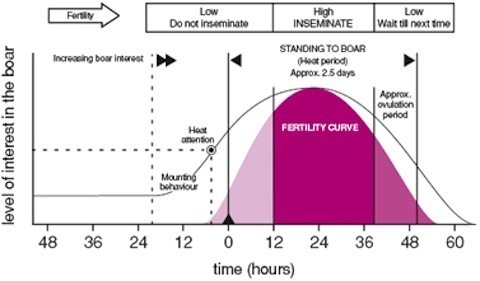Where is the Romance?

I got in a spirited discussion yesterday regarding New York's abundance of one-dollar dumpling shops. In my dozen-plus years of calling this metropolis home, the special these joints offer has never changed, even though their various costs (especially rent) have certainly increased a fair bit. And though I realize that many of them probably skirt labor rules, I can't imagine they have shaved enough off wages to compensate for other expenses.
In looking to explain why that one-dollar price has remained static, then, I began researching the various technologies that have kept pork prices so absurdly low. To my surprise, the real cost of pork has tumbled over the past four decades; a pound of pork that would've wholesaled for $3.95 in today's dollars in 1970 now goes for $1.52. I have to think one of the main reasons for the plunge is greater efficiency on farms, a product of gadgets like the Nedap Velos heat detector. As the machine's sales literature so eloquently phrases its benefits:
The more accurately it can be determined whether a sow is on heat, the more efficient the operational management…Nedap Velos alerts you on time to when a sow requires insemination. Without you having to monitor this yourself. Based on this information, you can organise the different tasks.
While I have no intention of giving up my affinity for pork-and-chive dumplings, I will confess that there's something a bit creepy about the cold mechanization of porcine reproduction. Napoleon would not approve.




